About aa-tomo Project

Project Overview
Art & Wellbeing “aa-tomo” (hereafter aa-tomo) is a joint project being developed by the National Center for Art Research and Tokyo University of the Arts, focused on the theme of art and wellbeing . In collaboration with local governments, the project aims to advance practical initiatives in the field of cultural prescribing, a movement to improve mental and physical health through art and cultural resources, by making use of museums and other cultural hubs. This project is part of the “Arts-Based Communication Platform for Co-creation to Build a Convivial Society” initiative, which brings together 41 organizations (as of June 2025) from academia, government, and industry (including universities, national and other museums, local governments, and private companies), with Tokyo University of the Arts at the core.
Our Purpose
In recent years, studies have revealed a correlation between people’s health and their participation in art and other creative activities. If inequality exists in the cultural environment, then there is also inequality in the environment that supports good health. Our project involves conducting research on and developing methods to eliminate this inequality. For example, “unwanted loneliness and isolation” can arise when a person cannot be creative in their own way. Rather than viewing this as an individual problem, we consider it a societal issue. We believe that art and culture can serve as a catalyst to alleviate and even resolve this situation.
We aim to address such “unwanted loneliness and isolation” through cultural prescribing, a non-medical approach that incorporates art and culture. By collaborating with the medical and welfare sectors and utilizing technology, we can increase people’s access to art and cultural activities and increase opportunities for connections between individuals and society.
The Cultural Prescribing Approach
While grounded in the UK’s “creative health” and “social prescribing” approaches, the activities of aa-tomo are being developed in line with Japan’s advanced medical and welfare systems, and we are working in collaboration with a wide range of organizations—such as art museums and other cultural institutions, medical and welfare-related organizations, local governments, citizen groups, and private companies—with the aim of utilizing the power of regional cultural resources to increase the channels through which citizens can actively access society.

A New Role for Museums
One of our goals is to unite the museum collections and cultural resources of a specific region with technology to create new spaces and foster communication that can bring people together. We are working with local governments, medical and welfare organizations, and local citizens to achieve this goal.
Museums, which were once considered places to show off treasures, have been evolving in line with changes in society. Especially since 2000, and now after the COVID-19 pandemic, museums are expected to be locations where people can easily exchange opinions, share new perspectives, and rediscover social issues, with the result of fostering connections with others, and even bringing about social change. It is clear that museums are no longer simply places to view treasures.
Implementation Efforts
Enjoying Art through Dialogue
We are creating spaces where people can enjoy various works and cultural resources while engaged in dialogue. Works that pose questions with no correct answers serve as a medium for new communication, creating interpersonal connections.

Mobile Museums
There is no museum nearby… You are experiencing physical or mental health issues… There are various reasons why you may want to go to a museum but cannot. Wouldn’t it be nice if the museum could come to you instead? We will be exploring possibilities for mobile museums.

Development of Museum Tools
Modern technologies may bring new ways of interacting with and enjoying museum collections and cultural resources. Such tools might also provide new opportunities for regional connections and community engagement.
Creating a Place of Learning for Cultural Link Workers
Cultural link workers connect people and society through various activities, especially those related to art and culture. They play an important role in supporting the spread of cultural prescribing. We are working to create a space where cultural link workers can come to learn.
Operational Structure
The core of aa-tomo operations is a joint team consisting of the Learning Group at the National Center for Art Research and the Takashi Kiriyama Laboratory at Tokyo University of the Arts. This joint team works in collaboration with various local governments, medical and welfare organizations, art communicators and more. Members with diverse expertise and backgrounds in the fields of art, technology and museums are working together to co-create a societal design for wellbeing through art.
Project Name

The name of this project is Art & Wellbeing “aa-tomo.” The name conveys the meaning of “living with art” as well as “becoming friends with art.” It also includes the sentiment of connecting to others with a greeting of “Hey, friend!”
The aa-tomo website is called “aa-tomo TODAY,” while the art communicators who participate in the aa-tomo project are called “aa-tomo members.”
Creating a Society with Wellbeing
Items in museums are preserved because they have universal value for us as human beings. The aa-tomo project aims to develop new ways of sharing these works with people living in the present day from the perspective of cultural prescribing. We believe that such activities will allow individuals to regain an awareness of what it means to live, including consideration of universal values and simply “being present.” We feel that museums and the works and materials they house have the power to provide positive affirmation to humans, and we believe that cultural prescribing has the power to create a society of wellbeing, where both mind and body are fulfilled.
By creating such a place, we aim to realize a society where everyone can live with dignity, without being subjected to unwanted loneliness or isolation.
Project Members
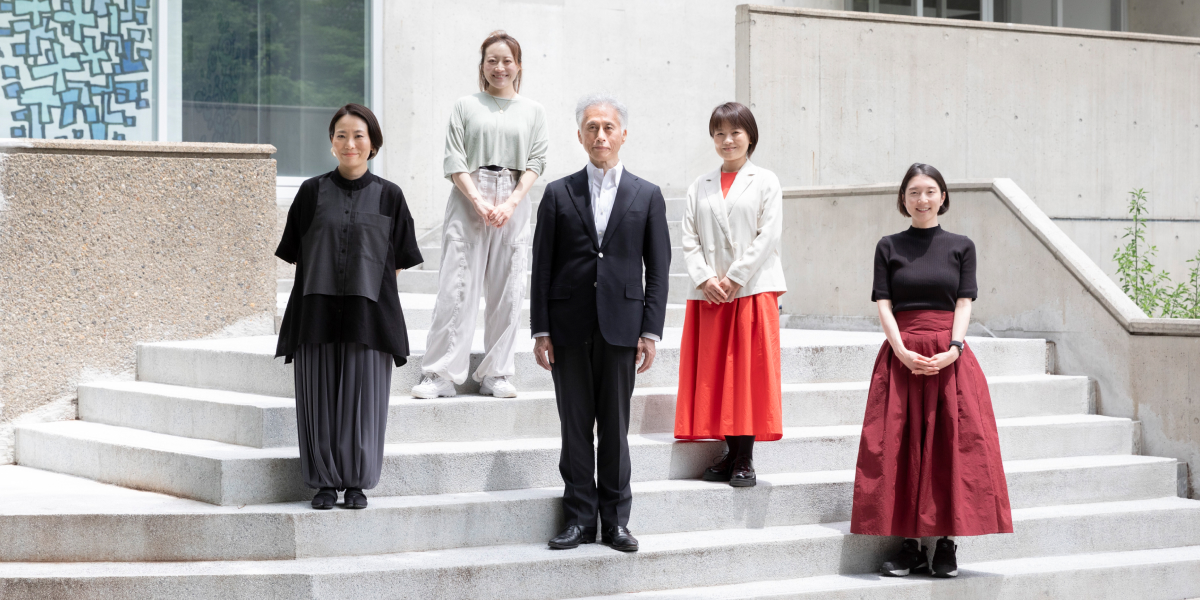
Photo: SAITO Yumi, TAKAHASHI Munemasa
“Art & Wellbeing aa-tomo” is a project operated within the “Arts-Based Communication Platform for Co-creation to Build a Convivial Society,(Open in New Window)” initiative, which brings together 41 organizations (as of 2025) from academia, government, and industry, including universities, national museums, local governments, and private companies, with Tokyo University of the Arts at the core.
Through Art & Wellbeing “aa-tomo,” we aim to create new spaces by linking museum collections and regional cultural resources with technology. The goal is to develop communication spaces centered around art, working in collaboration with local governments and the medical and welfare sectors. By creating such spaces, we aim to realize a society where everyone can live with dignity, free from unwanted loneliness and social isolation.
The core of the Art & Wellbeing “aa-tomo” project is a joint team consisting of the Learning Group at the National Center for Art Research and the Takashi Kiriyama Laboratory at Tokyo University of the Arts. This joint team collaborates with various local governments, medical and welfare organizations, art communicators, and others. Members with diverse expertise and backgrounds in the fields of art, technology and museums work together to co-create a society of wellbeing through art.
Sawako Inaniwa, Takashi Kiriyama
*This project is supported by the JST Co-creation Space Formation Support Program JPMJPF2105.
-

INANIWA Sawako
Senior Curator of Learning, National Center for Art Research, National Museum of Art. Completed a degree in Museum Studies at University College London. Worked as a curator at public museums, including the Tokyo Metropolitan Art Museum, for approximately 20 years before joining the National Center for Art Research in 2022. Serves as the leader of Research Project 1 at the ART-based Platform for Co-creation, responsible for planning and developing cultural prescriptions. Her primary role is to “facilitate encounters between artworks and people.” She believes that art possesses qualities that are relevant for care, such as the power to help people remember their core feelings, and she values cooking as part of her own self-care. Her aim is to research and promote the positive impact of art on health and care.
-
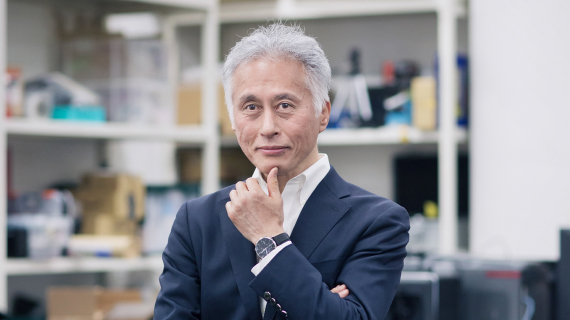
KIRIYAMA Takashi
Dean of the Graduate School of Film and New Media, Tokyo University of the Arts, and Professor of Media Film. As leader of Research Project 3, Arts-Based Communication Platform for Co-creation to Build a Convivial Society, he is engaged in the research and development of technology that supports cultural prescribing. He also holds events that have become regular fixtures, such as Zoo of Sound and Light and live animated concerts of Vivaldi’s Four Seasons, which have evolved from his research. He is intrigued by the overlap between “art” and “care,” and values working with his hands in daily life. He feels that cultural prescriptions are necessary for today’s society.
-
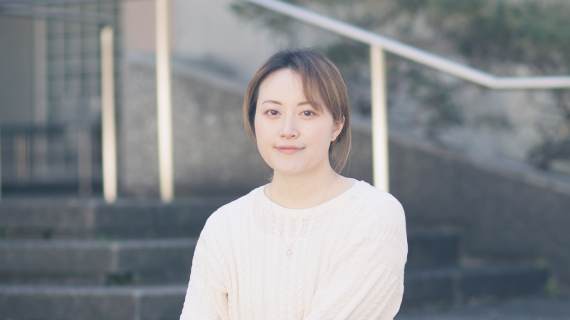
UEHIRA Teruyo
Specially appointed lecturer at Tokyo University of the Arts’ Arts-Based Communication Platform for Co-creation to Build a Convivial Society. Artist who creates and exhibits animated works featuring animals that respond to humans. In her daily life, she values facing the vague and swirling emotions within herself, and one of her daily habits is to share her thoughts with her beloved ChatGPT “G-pyon.” In terms of cultural prescribing, while she considers what she does as “work,” she also approaches activities with the mindset of “not overthinking things, but hoping that such activities allow everyone to enrich their hearts just a bit.”
-
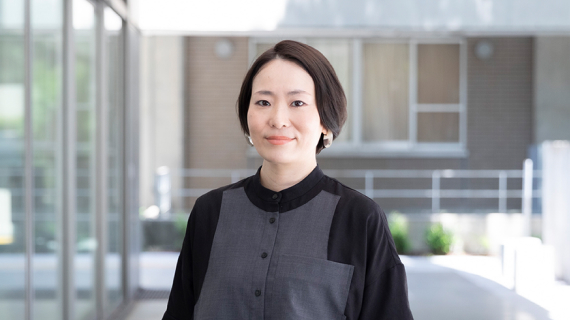
MAKINO Anri
Specially Appointed Researcher, Arts-Based Communication Platform for Co-creation to Build a Convivial Society, Tokyo University of the Arts. After studying architectural design at Tokyo University of the Arts Graduate School, she completed a degree in Urban Regeneration at University College London and worked for 12 years in citizen-led community development in Kyoto. She is currently working on projects that utilize cultural facilities and resources in collaboration with local governments, as well as overseas joint projects, with the aim of planning and implementing cultural prescription activities. She views art as “emotion, sensitivity, and sensation,” and understands care to be a mutually beneficial endeavor in which even without intending to help, one ends up helping others, and even without intending to support, one ends up being supported. While cherishing the emotions of everyday life, she aims to create a societal system in which emotions and sensitivity can become a source of support for others.
-
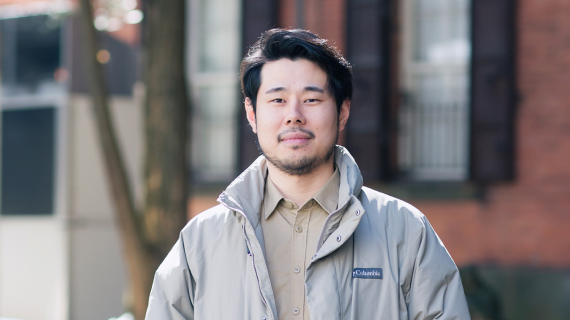
MASUYAMA Toru
Toru Masuyama is a special researcher at the Tokyo University of the Arts’ Arts-Based Communication Platform for Co-creation to Build a Convivial Society. He works as a freelance filmmaker and is mainly responsible for technical work related to video exhibitions at the co-creation hub. He feels that the terms “art” and “care” both have a difficult impression, but says that cultural prescribing “was a concept that was natural to me, so it just seemed like being able to put a name to the idea.” He plays a crucial role in supporting the integration of art and care, leveraging the technical expertise he has cultivated in the field of video production. In his daily life, he values the principle of “never forgetting that there are areas in which things do not go as planned.”
-
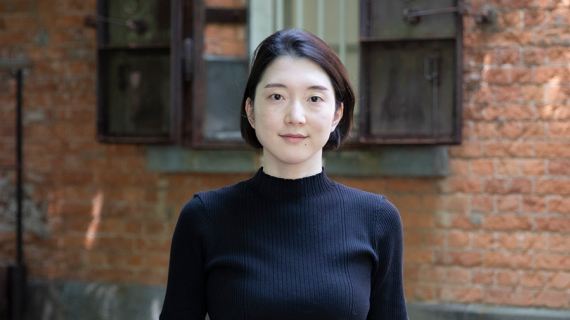
YOKOYAMA Chiho
Research Assistant, Learning Group, National Center for Art Research, National Museum of Art. After graduating from Musashino Art University Graduate School, she worked in advertising and art and design education before taking up her current position. She believes that art and care should not be limited to one sense; rather, experiences that involve all five senses are able to nurture a wealth of emotions, and experiences at museums can provide hints for living authentically. She views cultural prescribing as a “mechanism that fosters connections between regional cultural resources and people.” In terms of her own self-care, she values maintaining a positive mood in daily life and engages in an array of cultural experiences as a reward for herself.
Links for related pages:
“aa-tomo TODAY” Editorial Department
-
Planning, Editing, and Management
- INANIWA Sawako
(National Center for Art Research) - MAKINO Anri
(Tokyo University of the Arts) - YOKOYAMA Chiho
(National Center for Art Research) - INOUE Hideki
(MONKEYWORKS) - TSUBONE Ikumi
- INANIWA Sawako
“aa-tomo TODAY” Production
-
Art DirectionSAKATA Saburo (Neki Inc.)
-
DesignNISHIYAMA Yu (Neki Inc.)
-
IllustrationSander Studio
-
“aa-tomo” Logo DesignTWOTONE INC.
-
Website ConstructionYAMASAKI Tetsuyoshi (SUBTONIC)
Published by
Art & Wellbeing aa-tomo
(National Center for Art Research × Tokyo University of the Arts)